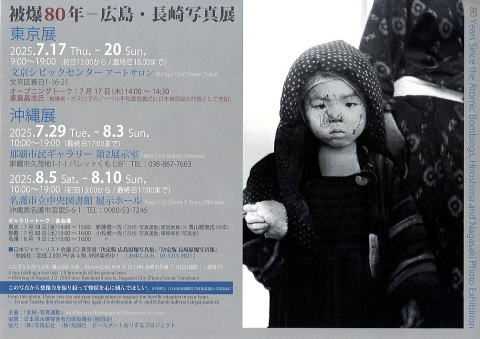
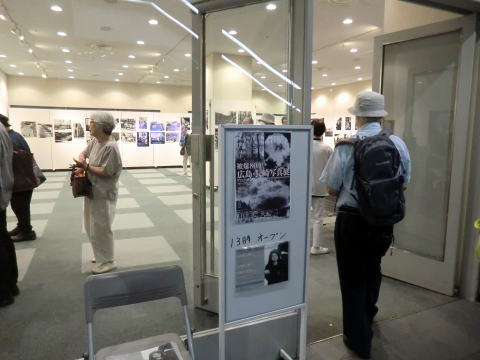
原爆被災者写真展
「被曝80年―広島・長崎写真展」文教シビックセンターアートサロン 主催:「反核・写真運動」
1945年8月、今から80年まえに広島と長崎に原子爆弾が投下された。一瞬にして街は崩壊され多くの一般市民の命が奪われ、後遺症に苦しんでいる。その惨状を記録した新聞社、軍の報道部、写真館経営者、研究者たちの撮影した写真。=この写真から想像力を振り絞って心に刻んで欲しい=と、メッセージがあった。
また、原爆の写真等のGHQによる新聞・出版などへの検閲基準=「プレスコード」が、1945年9月19日に発令され、GHQへの批判や原爆に関する記事などの多くが発禁処分された。
1952年に失効されたが、その間7年に渡って、新聞・雑誌・科学論文・ラジオ・映画シナリオに厳しい検閲が行われた。
これにより、原爆投下直後の広島・長崎の惨状や健康被害を適切な時期に正しく伝えることが出来ず、被害者への正しい治療や支援が出来なかった。
医療や科学的研究に対しても大きな妨げとなり、原爆投下直後の爆心地が高濃度に汚染されていることなどが、適切に警告されなかった。
Photo exhibition
of atomic bomb victims, July 17th
"80
Years Since the Atomic Bombing - Hiroshima and Nagasaki Photo Exhibition"
Bunkyo Civic Center Art Salon
Organized
by: "Anti-Nuclear Photography Movement"
In August 1945, 80 years ago, atomic bombs were dropped on Hiroshima and
Nagasaki. In an instant, the cities were destroyed, many ordinary citizens
lost their lives, and many are still suffering from the aftereffects.
These
photographs were taken by newspapers, military press departments, photo studio
owners, and researchers, and they have a message for you: "Please use your
imagination and etch these photographs into your hearts."
IAdditionally,
the GHQ's "Press Code," a set of censorship standards for newspapers
and publications that included photographs of the atomic bombing, was issued on
September 19, 1945, resulting in the banning of many articles critical of GHQ
or about the atomic bomb.
Although
the code expired in 1952, for seven years strict censorship was imposed on
newspapers, magazines, scientific papers, radio programs, and film scripts.
As
a result, the devastation and health damage in Hiroshima and Nagasaki
immediately after the atomic bombings could not be reported accurately and in a
timely manner, and victims could not receive appropriate treatment or support.
This
also significantly hindered medical and scientific research, and proper
warnings were not given about the high levels of contamination at ground zero
immediately after the bombings.
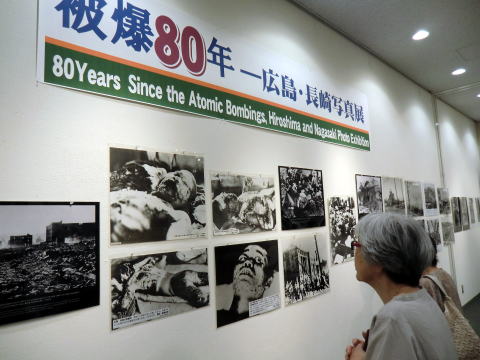
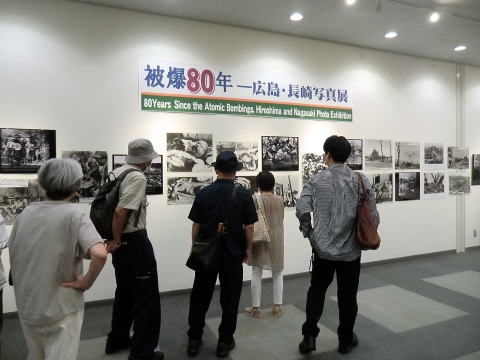
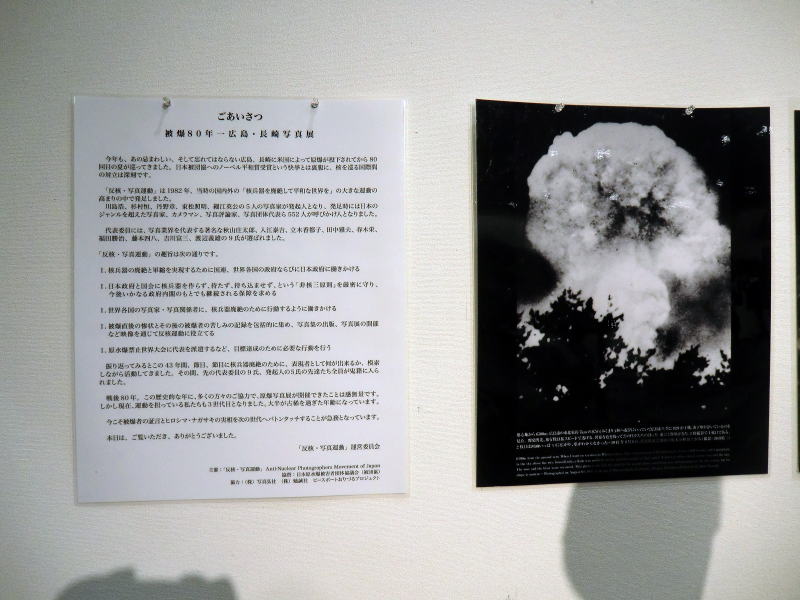
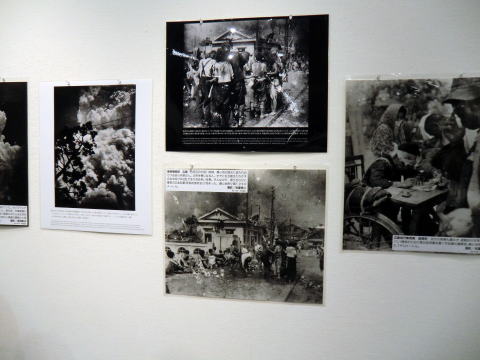
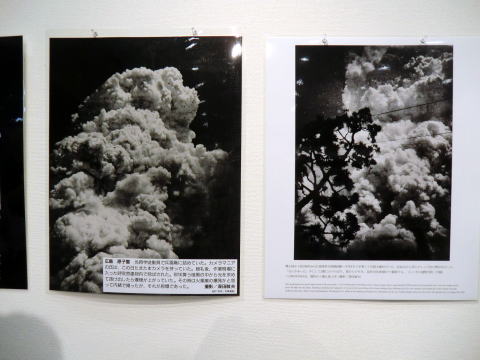
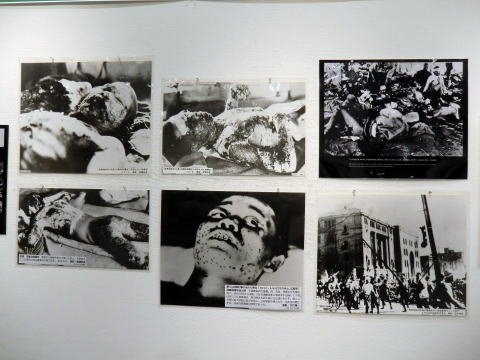
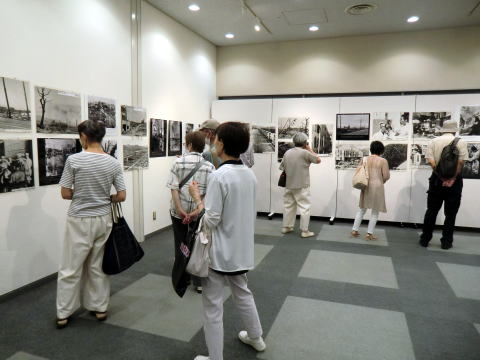
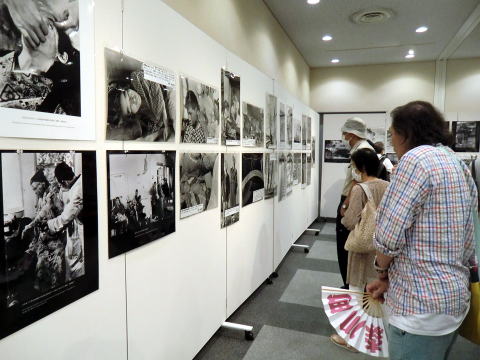
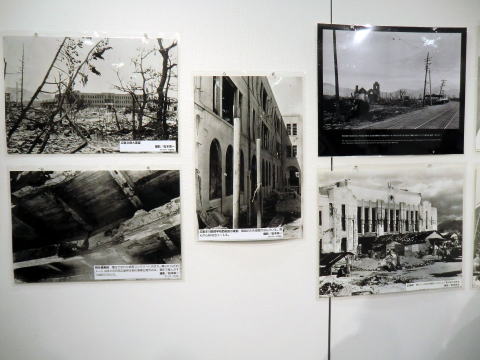

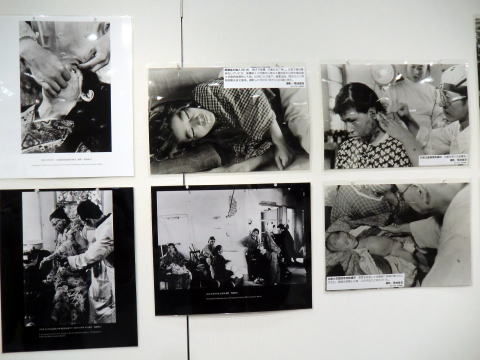
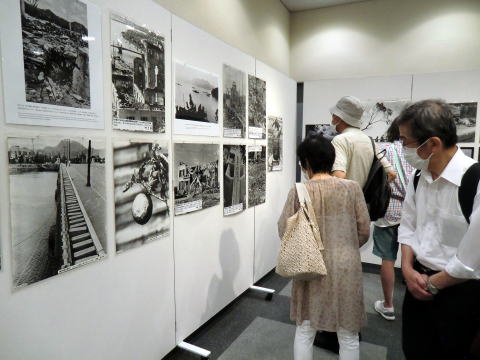
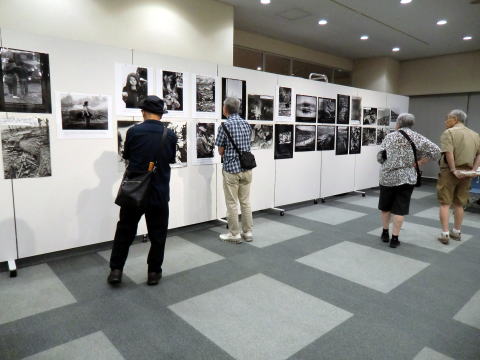

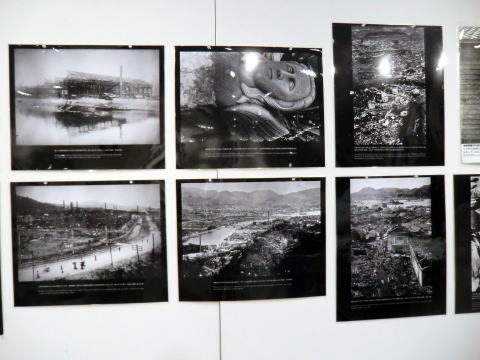
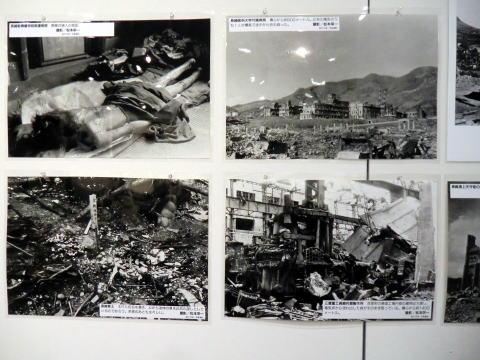
オープニングトーク
家島昌志氏(被爆者・オスロでのノーベル平和賞授賞式に日本原水爆被爆者団体協議会の代表として参加)
ノーベル平和賞授賞式、晩餐会の様子などを話され、この惨状を後世に残すべき活動の継続と広がりに力を注ぎたい。そして、年齢も含めて活動の難しさも語っていた。
また、会場には元総理の鳩山由紀夫氏も参加され「原爆の惨状は政治の責任である」と語っていた。
展示会場には多くの人が来場し、写真を見ながら涙ぐむ人もいた。
Opening
speech
Masashi
Ieshima (a survivor of the atomic bombing; participated in the Nobel Peace
Prize ceremony in Oslo as the representative of the Japan Confederation of A-
and H-Bomb Survivors Organizations)
He
spoke about the Nobel Peace Prize ceremony and the banquet, and said that he
would like to continue and expand the activities to preserve this tragedy for
future generations. He also spoke about the difficulties of the activities,
including his age.
Former
Prime Minister Yukio Hatoyama also attended the event, and said, "The
tragedy of the atomic bomb is the responsibility of politics."
Many visitors came to the
exhibition, some of them in tears as they looked at the photographs
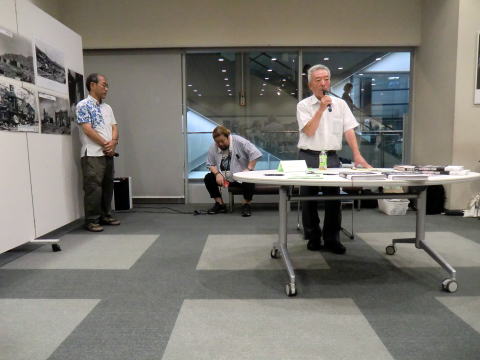
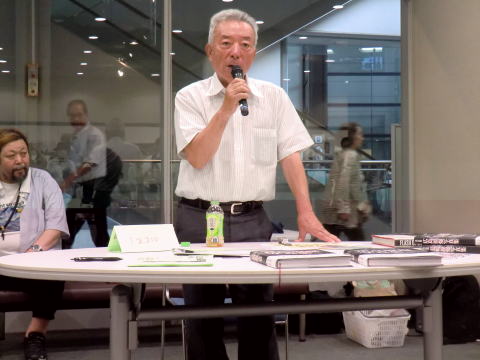
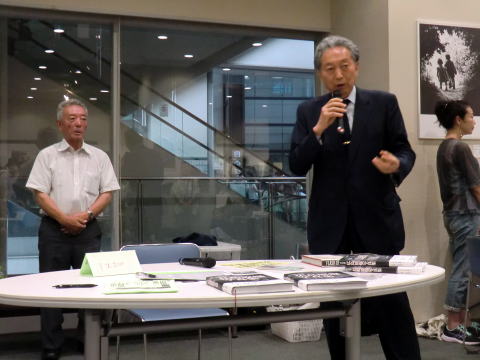
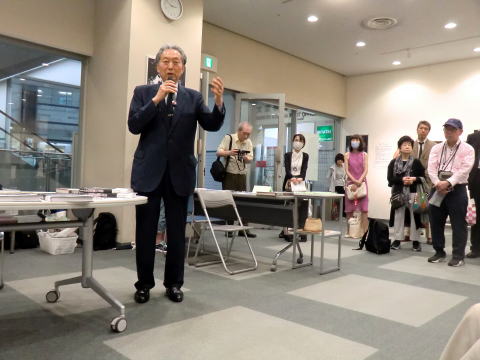
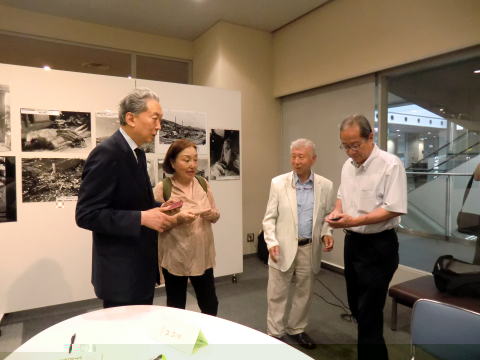
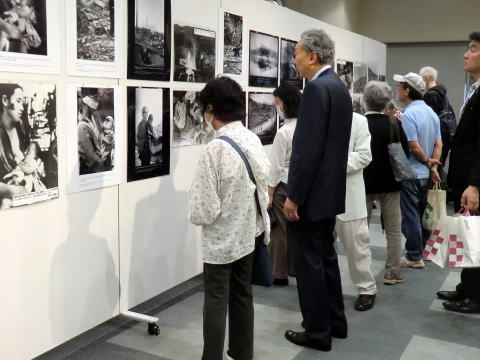
「爆心地から、世田谷」新宿プレイスM tanama作品展 7月17日
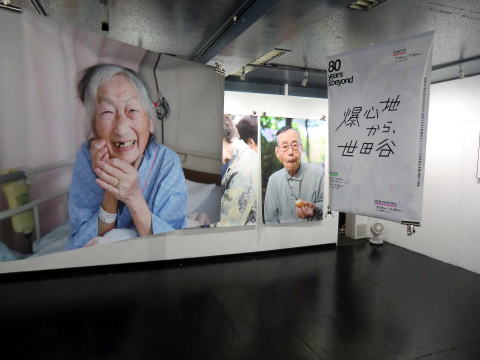
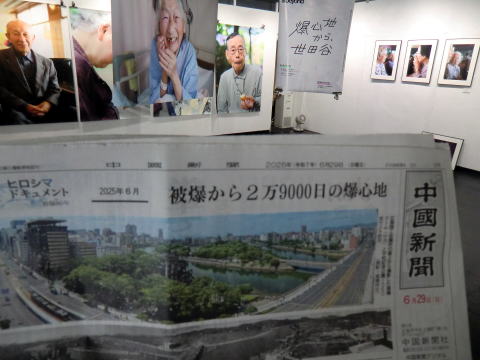
長崎県出身の写真家tanamaさんが12年に渡り撮影した、東京世田谷区で暮らす被爆者たちの「いま」の姿を展示する。(広島、長崎でも開催した)
=1945年8月6・9日投下された原爆により心と体に深い傷を負ったのみならず、被害を受けた人々はある日から「被爆者hibakusya」という名前で呼ばれるようになった・・・
上京して初めて迎えた8月9日、長崎では毎年8月9日に黙とうのサイレンが鳴り響き哀悼するが、東京ではその当たり前の風景が無かった。これでは原爆が風化してしまう。
tanamaさんは、東京で生活する被爆者を撮影して、長崎の夏の思いを広く伝えたい。その思いの12年間、被爆者の日常の生活を撮り続けている。(tanamaさんパンフレットより)
・子どもたちを優しく見つめる女性
・撮影者と談笑している男性
写真は被爆者の人生の流れを一瞬止める。記録だけでなく記憶である。
"From
Ground Zero to Setagaya" Shinjuku Place M ”tanama Exhibition ”July 17
Tanama, a photographer from Nagasaki Prefecture, has taken photos of the
current state of atomic bomb survivors living in Setagaya Ward, Tokyo,
over the course of 12 years. (Also held in Hiroshima and Nagasaki)
=The
atomic bomb dropped on August 6th and 9th, 1945, not only left deep physical
and mental scars, but the victims also began to be called "hibakusya"
one day...
On
the first August 9th since I moved to Tokyo, Nagasaki saw a silent siren ring
out every year on August 9th to mourn, but in Tokyo, this common sight was not
there.
If
things continue like this, the atomic bomb will fade away.
Tanama
wants to take photos of atomic bomb survivors living in Tokyo and spread the
feelings of Nagasaki's summer to a wider audience. With that in mind, she has
been taking photos of the daily lives of atomic bomb survivors for 12 years.
(From tanama's pamphlet)
・A woman gazing tenderly at her children
・A man chatting with the photographer
Photographs
freeze the flow of the atomic bomb survivors' lives for a moment. They are not
just records, but memories.
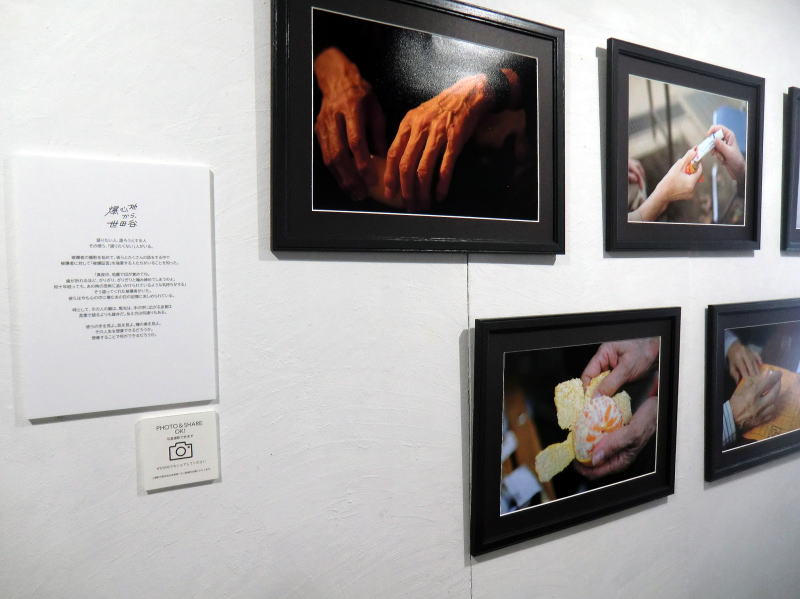
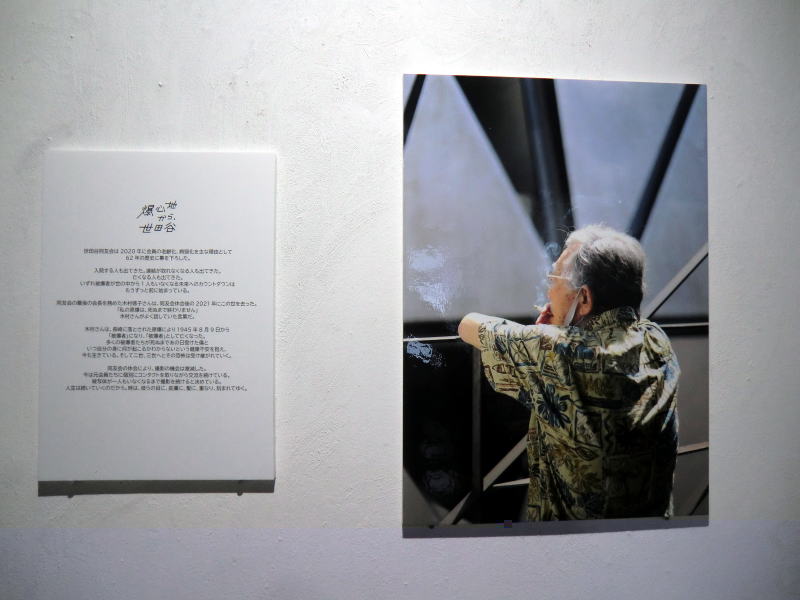
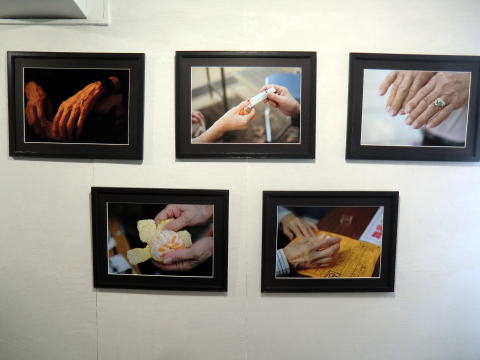
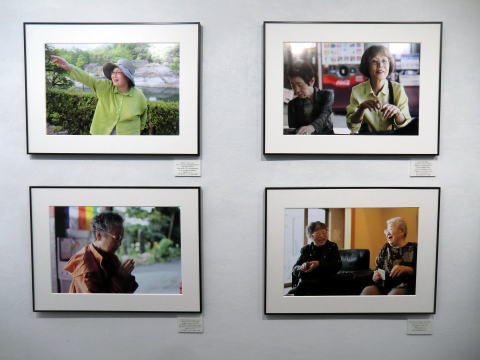
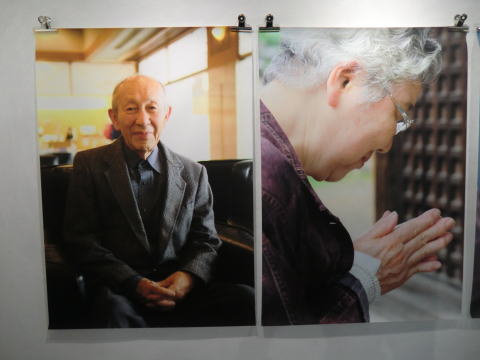
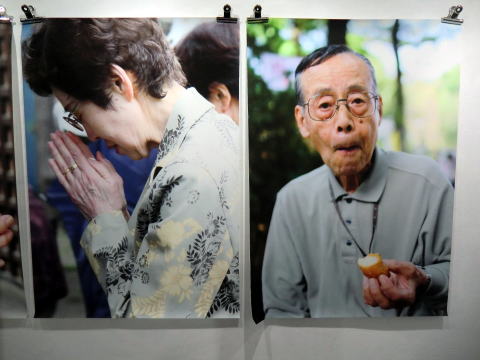
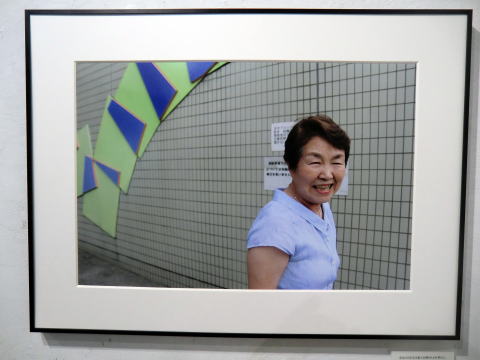
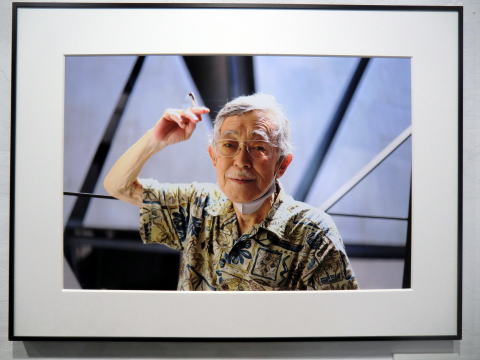
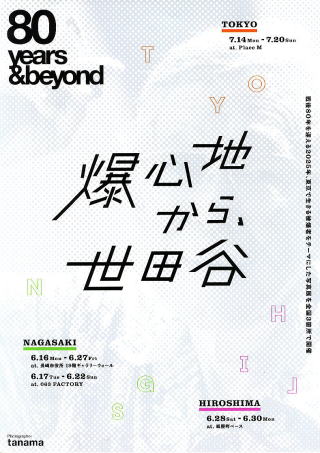
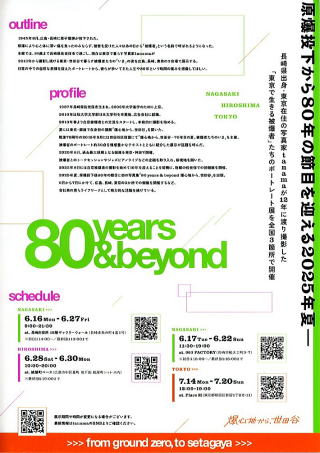
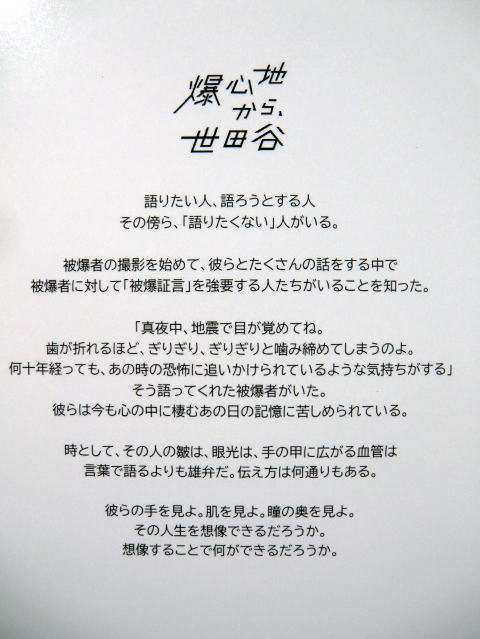
被爆80年「ヒロシマ1945」写真展
「このきのこ雲の下 惨禍の記録」東京都写真美術館 7月19日
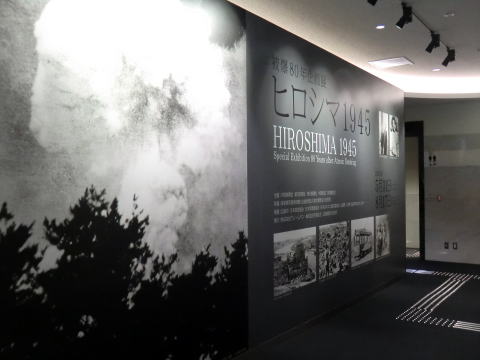
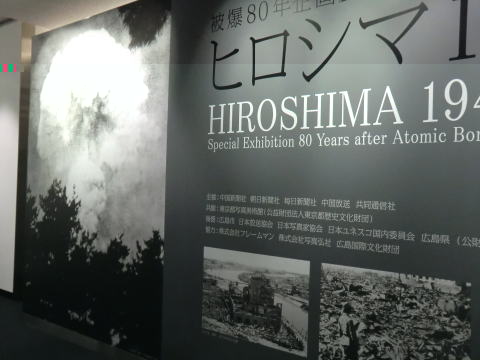
1945年8月6日午前8時15分、アメリカ軍爆撃機B29「エノラゲイ」(スミソニアン博物館に展示)から人類史上初めて、都市の上空に原子爆弾を投下した。焦土と化した現地で自ら被爆しながら、そして、放射線被曝の急性障害に苦しむ人間の姿に衝撃を受けながら、カメラを手に、原子野を歩いた人たちの命がけの写真。
広島市民、報道機関・軍の報道部のカメラマン、写真家の撮影した160点と映像2点を展示している。
写真は原爆の惨状を、被害者の人生を、一瞬止める記録であり、記憶である。
カメラマンは、その惨状を目の当たりにした、時代の目撃者である
80 years since the atomic bombing"Hiroshima 1945" photo exhibition July 19th
"Under this mushroom
cloud: a record of the disaster" Tokyo Photographic Art Museum
At
8:15am on August 6th, 1945, the US military bomber B29 "Enola Gay"
(on display at the Smithsonian Museum) dropped an atomic bomb over a city for
the first time in human history.
These
photographs were taken at the risk of their lives by people who walked through
the atomic wasteland with cameras in hand, exposed to radiation themselves in
the scorched earth that had been reduced to rubble, and who were shocked by the
sight of people suffering from acute radiation damage.
The
exhibition features 160 photographs taken by Hiroshima citizens, cameramen from
news agencies and the military press department, and two videos. (From the
pamphlet)
Photographs
of the atomic bomb are records and memories that freeze the devastation and the
lives of the victims for a moment.
Photographers are witnesses to the era, having witnessed the devastation
with their own eyes.
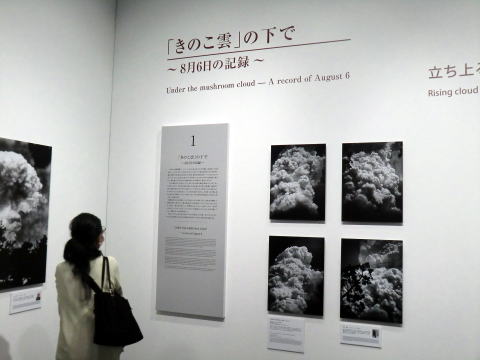
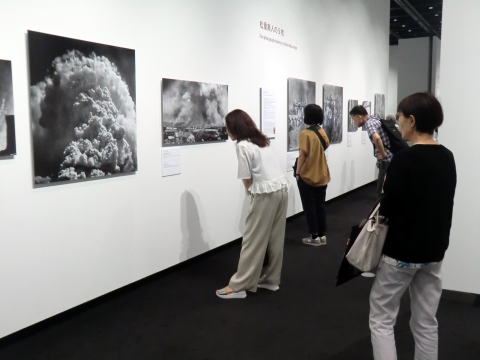
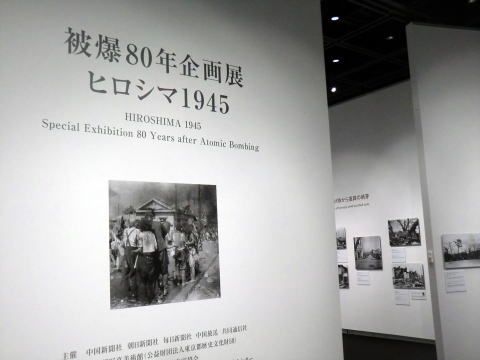
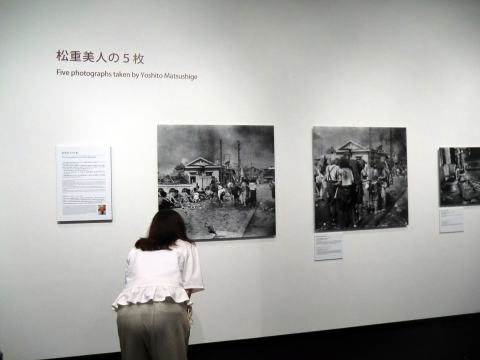
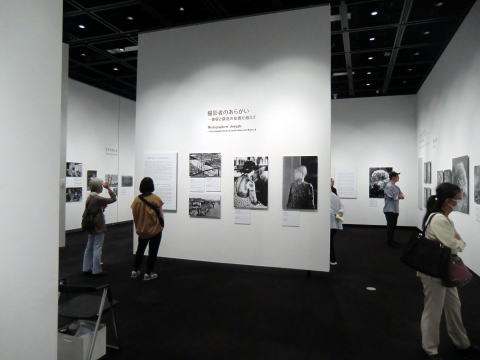
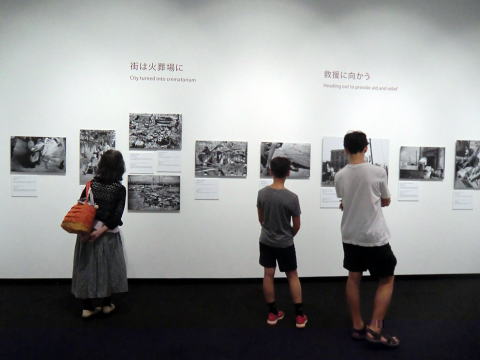
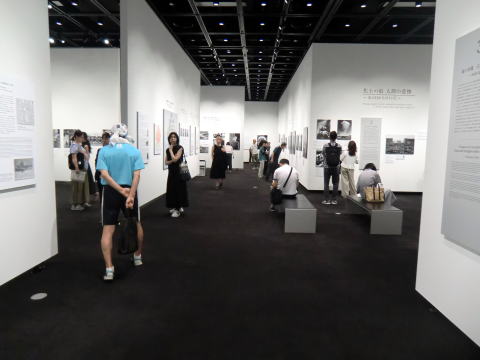
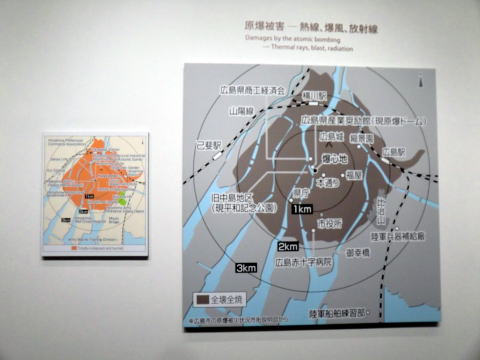
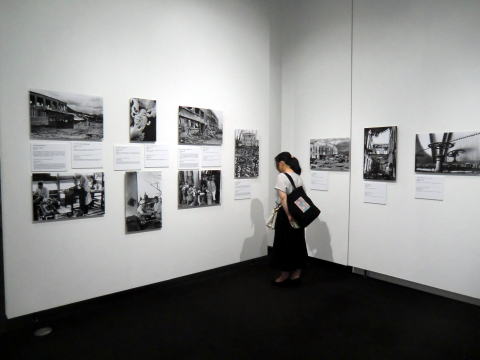
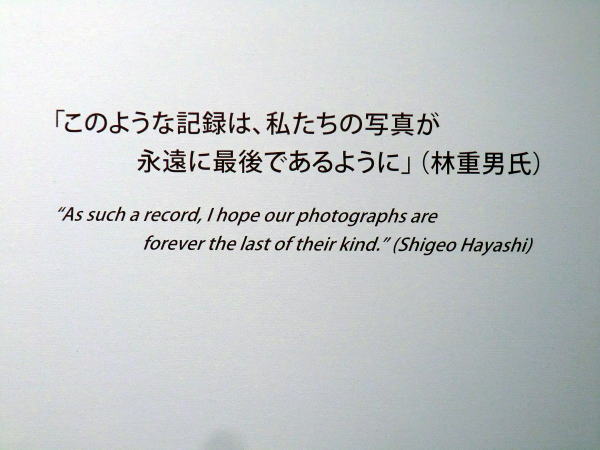
東京都写真美術館 「ヒロシマ1945」写真展
hiroshima1945_flyer.pdf
秋篠宮ご一家が写真展「ヒロシマ1945」を見学 東京都写真美術館 | 毎日新聞


※参考
<原子爆弾>
アメリカのマンハッタン計画(原子爆弾製造計画)で、1945年7月6日にアメリカのアラモゴールド砂漠で世界最初の原子爆弾を爆発させ、8月6日、8月9日に人類史上初めて、都市の上空に原子爆弾を投下した。原料としては天然ウランから同位体分離により得られるウラン235、原子炉内に生じるプルトニウム239が用いられる。
広島にはウラン235を使用した爆弾(名称:リトルボーイ)、長崎にはプルトニウム239(名称:ファットマン)を使用した。瞬間的な原子核分裂連鎖反応に伴って発生する大量のエネルギーを利用した爆弾。
1Kgのウラン235が完全に核分裂を起こせば、およそNTN火薬の2万トンに相当する。原爆による被害は爆発時の閃光・熱、衝撃波及び放射線の効果だけでなく、残留放射能による影響も大きい。(出典:日本百科全書)
*Atomic Bomb
As part of the American Manhattan Project (a plan to build an
atomic bomb), the world's first atomic bomb was detonated in the Alamo Desert
on July 6, 1945, and the first atomic bombs in human history were dropped over
a city on August 6 and 9.
The raw materials used were uranium-235, obtained by isotope
separation from natural uranium, and plutonium-239, which is produced in
nuclear reactors.
The bomb used in Hiroshima was uranium-235 (named Little Boy),
while the bomb used in Nagasaki was plutonium-239 (named Fat Man).
These bombs utilize the massive amount of energy generated by an
instantaneous nuclear fission chain reaction.
If 1 kg of uranium-235 were to undergo complete nuclear fission,
it would be equivalent to roughly 20,000 tons of NTN gunpowder.
The damage caused by atomic bombs is not only due to the effects
of the flash, heat, shock waves, and radiation at the time of explosion, but
also the significant impact of residual radioactivity. (Source: Encyclopedia of
Japan)
<キノコ雲を町の誇りとする核の町「リッチランド」>
第2次世界大戦時、オッペンハイマーらが原子爆弾を開発・製造した米国の原爆開発計画「マンハッタン計画」の一翼を担った施設のベッドタウン、リッチランド。原爆のキノコ雲を町の誇りとして掲げる一方、核廃棄物による放射能汚染に対する不安が今も残る。リッチランドはアメリカ北西部のワシントン州にあり、シアトルから南東約250キロに位置する。マンハッタン計画でプルトニウムの生産拠点となったハンフォード・サイトに従事する労働者やその家族が住む町として新たにつくられた。ハンフォードで生産されたプルトニウムから長崎原爆「ファットマン」が製造された。
第2次大戦後も、東西冷戦による核兵器の開発競争があり、多数の核兵器の原料生産を担った。町はさらに発展。現在は約6万人が住む。原爆のキノコ雲が高校のシンボルマークとされ、留学した日本人の高校生が問題提起したことでも知られる。現在は役割を終え、土地の除染や建物の解体が続けられている。このハンフォード・サイトで働く人のベッドタウンがリッチランドだ。
Richland, a Nuclear Town that Takes Pride in Its Mushroom Cloud
Richland is a bedroom community of the facilities that played a
part in the Manhattan Project, the U.S. atomic bomb development program led by
Oppenheimer and others during World War II.
While the town prides itself on the atomic mushroom cloud,
concerns about radioactive contamination from nuclear waste remain.
Richland is located in Washington State in the northwestern
United States, approximately 250 kilometers southeast of Seattle. It was newly
established as a community for workers and their families employed at the
Hanford Site, the Manhattan Project's plutonium production base. The plutonium
produced at Hanford was used to produce the Nagasaki atomic bomb, "Fat
Man."
After World War II, the Cold War nuclear arms race continued,
and the town continued to produce the raw materials for numerous nuclear
weapons. The town continued to grow, and is now home to approximately 60,000
people.
The mushroom cloud from the atomic bomb is known for being the
symbol of a high school, and for raising concerns about it after a Japanese
student studying abroad raised the issue. The site has now completed its role,
and decontamination of the land and demolition of buildings are ongoing.
Richland is a commuter town for people who work at the Hanford Site.
(Source: Tokyo Shimbun and others)
映画『リッチランド』公式ホームページhttps://richland-movie.com/#mo
リッチランド (ワシントン州) -
Wikipedia
SUNAK FILM TOP
SUNAK DOCUMENTARY PHOTO